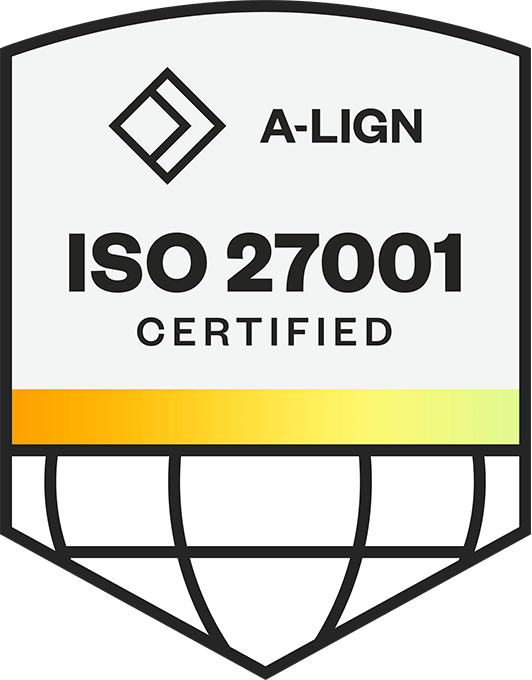Executive Summary
Today financial services firms are required to manage a range of both new and enhanced regulatory obligations for market abuse surveillance, communications oversight, best execution reporting, and transaction reporting, to name a few.
As firms strive to achieve compliance, it is becoming increasingly clear that traditional ways of managing these regulatory obligations are no longer sustainable.
Compliance costs are at an all-time high, now one of the top budget items. Consequently, when making decisions around compliance, firms are often prioritising cost over capabilities. However, the knock-on effect is increased risk, lowered control over the compliance process, with higher costs in the long-term.
This e-book explores five key areas that can help you improve how you manage existing requirements and future regulatory change. These five ways can transform how your organisation meets its compliance objectives and beyond.


